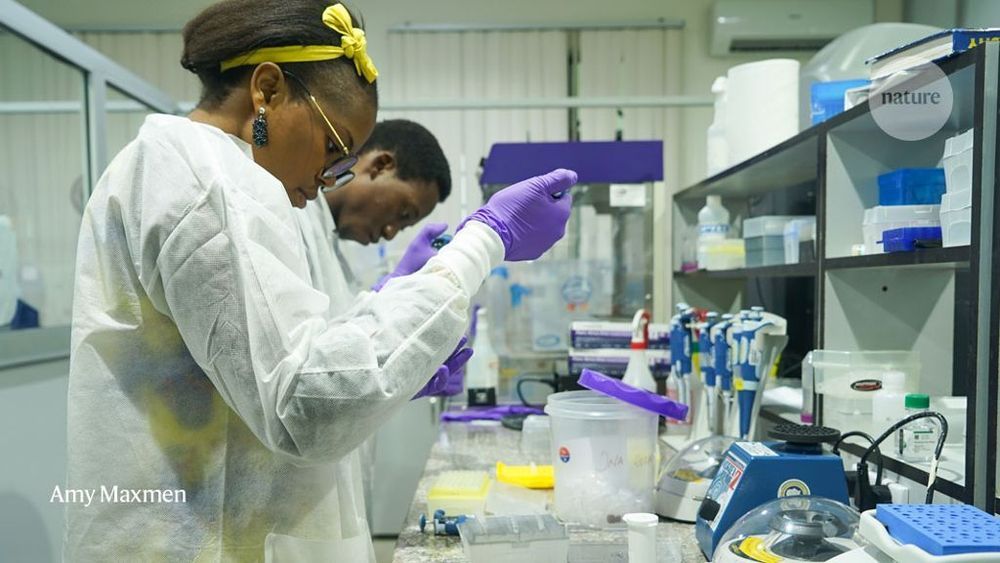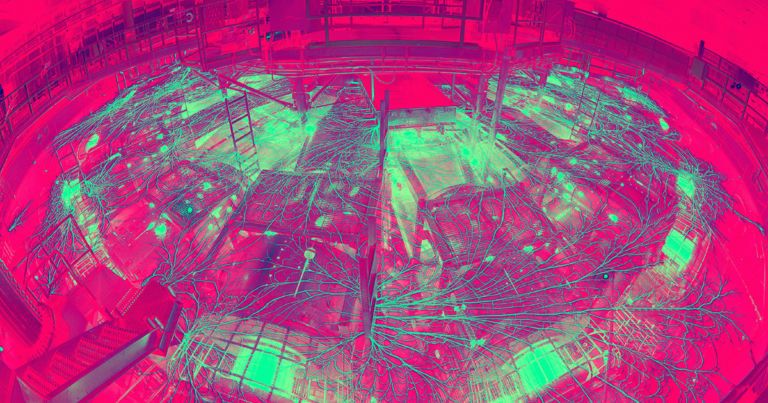Last year, news broke that Robert Pattinson would be playing Batman/Bruce Wayne in Matt Reaves’ upcoming The Batman. While Pattinson might be most known as the brooding Edward Cullen in the Twilight series, he’s so much more than that. Pattinson has an impressive resume, having roles in films such as The Lighthouse, Lost City of Z, Life, and more, acting alongside some of Hollywood’s elite.
Ever since he was announced, fans were eager to see how Pattinson would fit into the Batman role. Now, thanks to Matt Reaves, a short video was released giving us a first look at Pattinson in the role. We’re so excited to see this portrayal of Batman and what Pattinson will do with it — he certainly looks the part!
The Batman is set to release next year.









